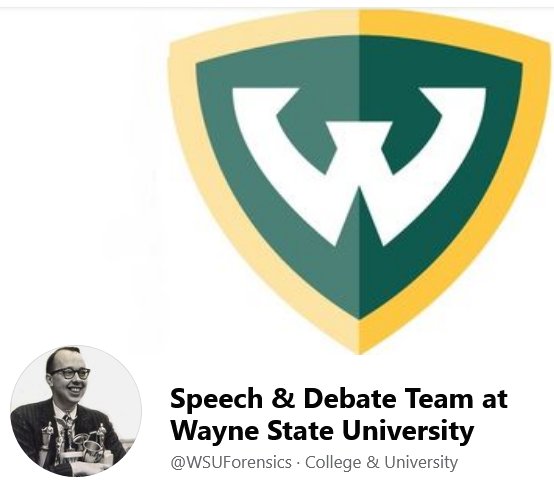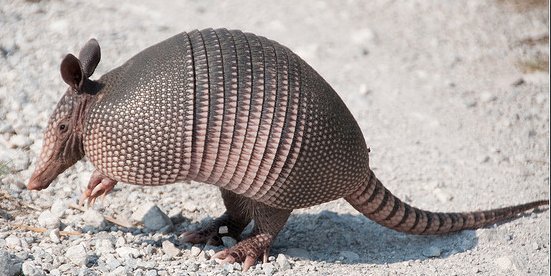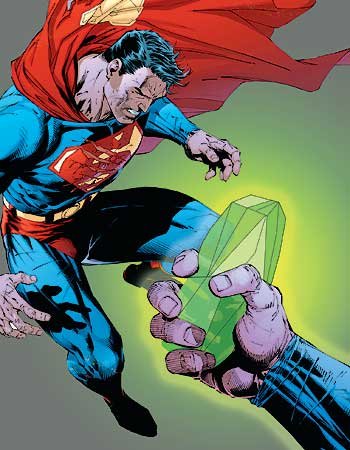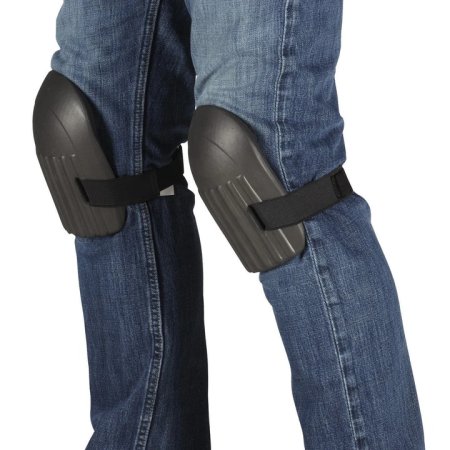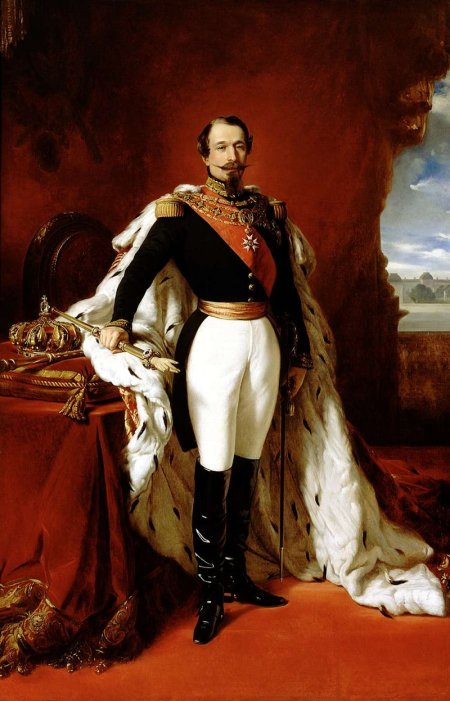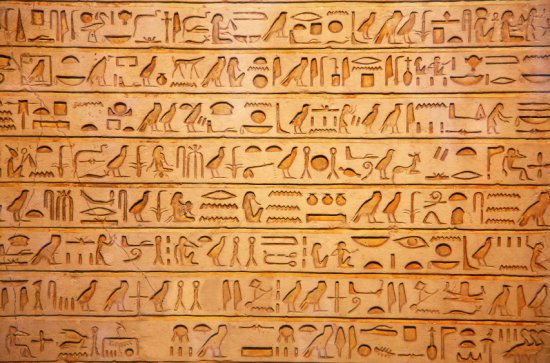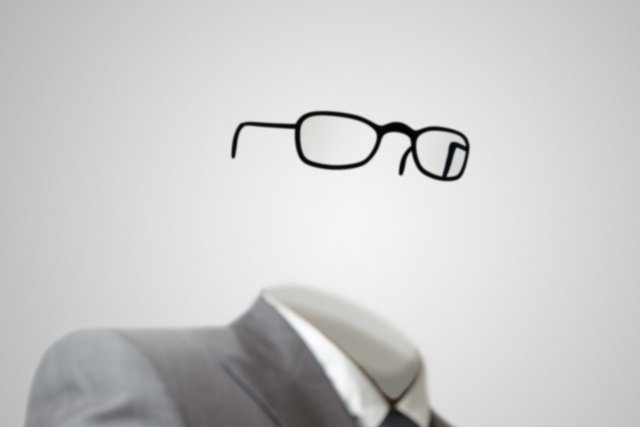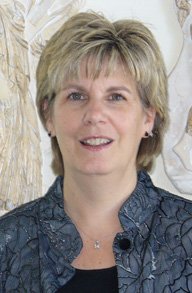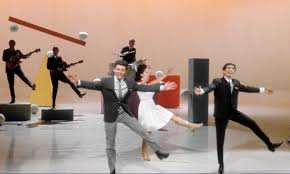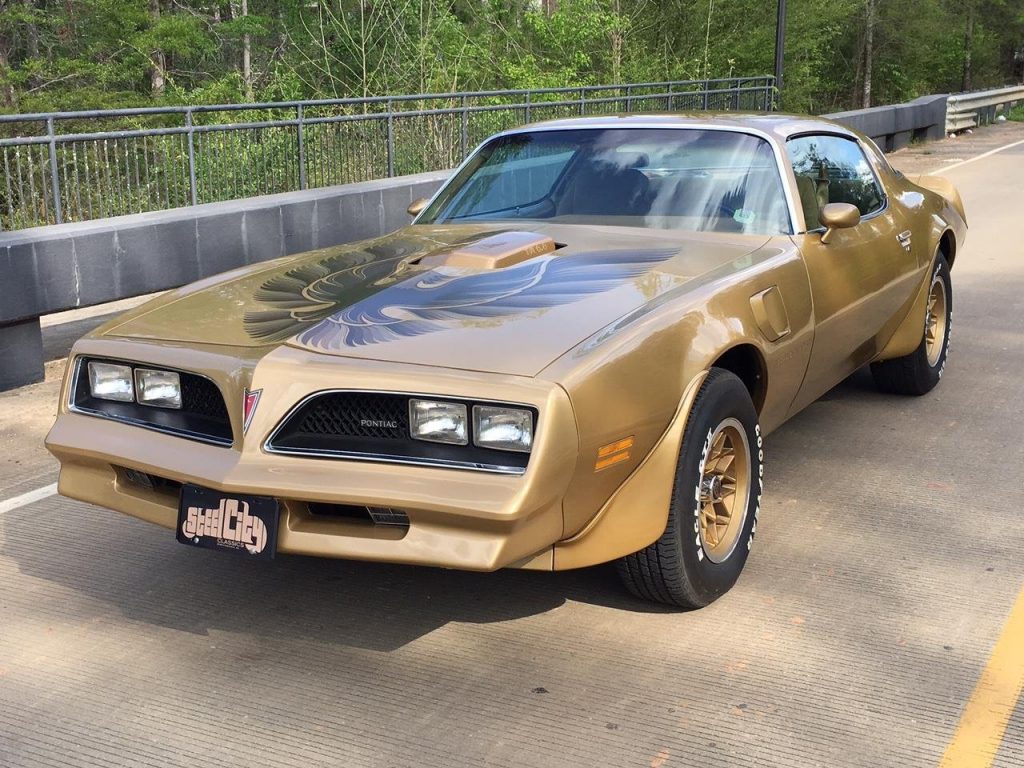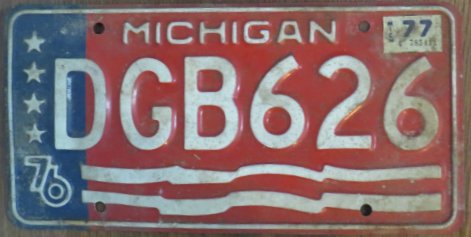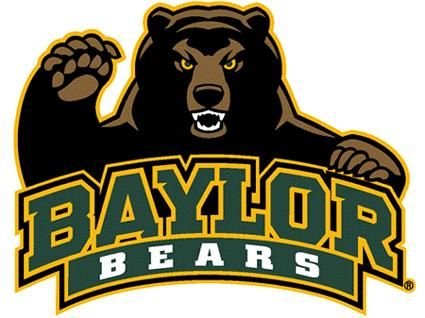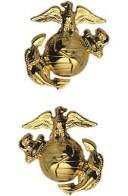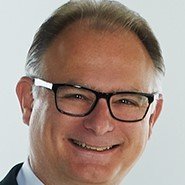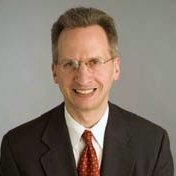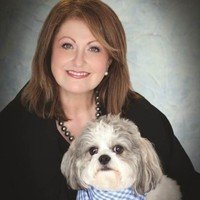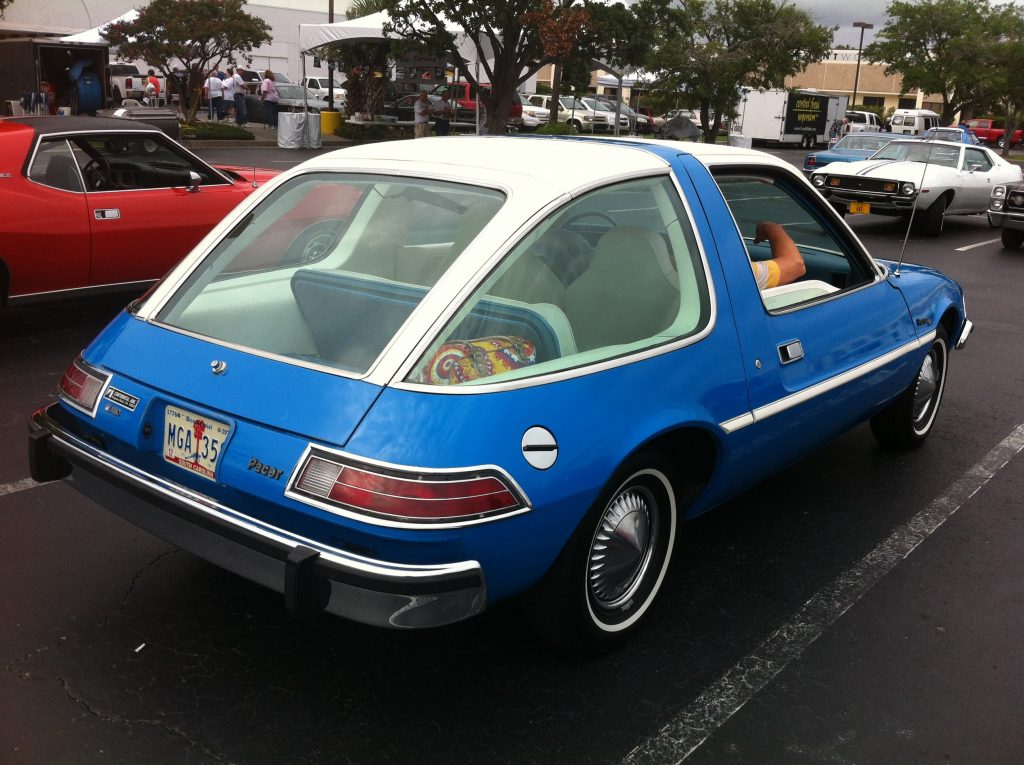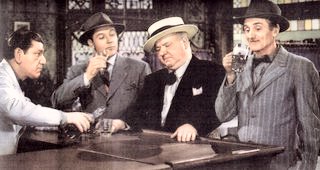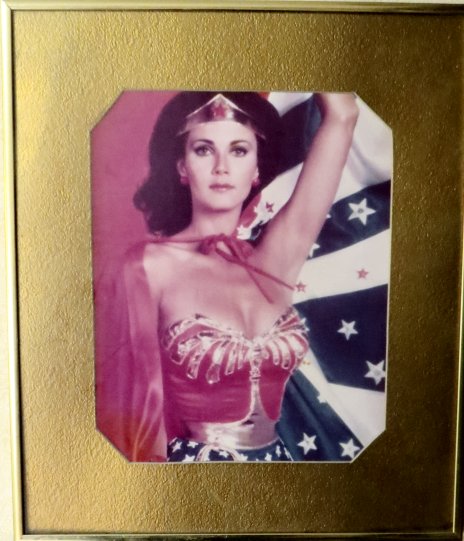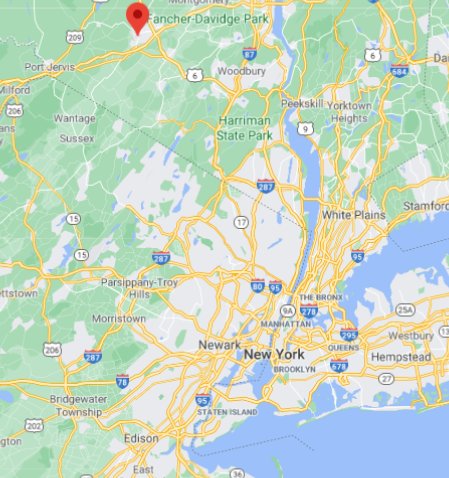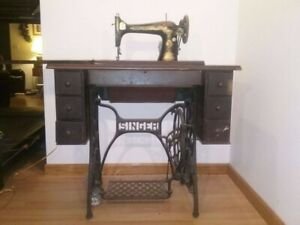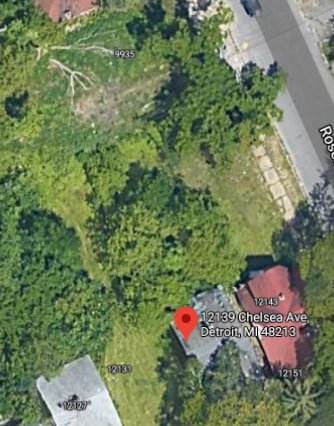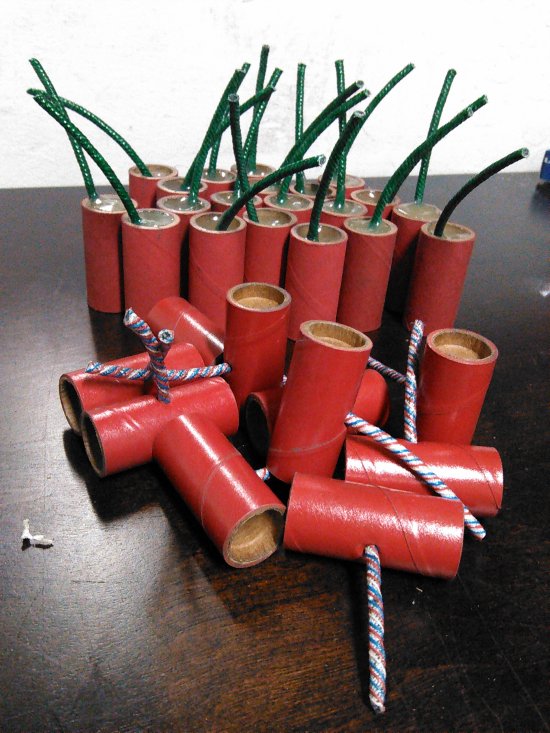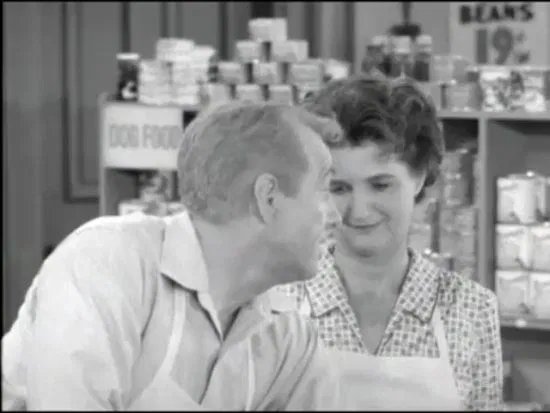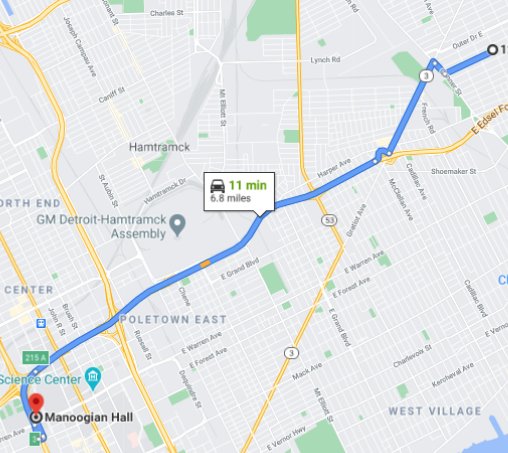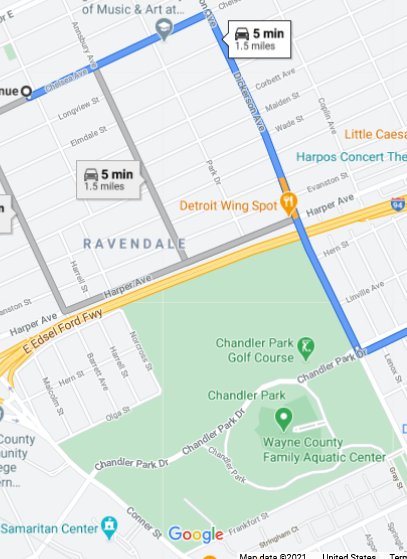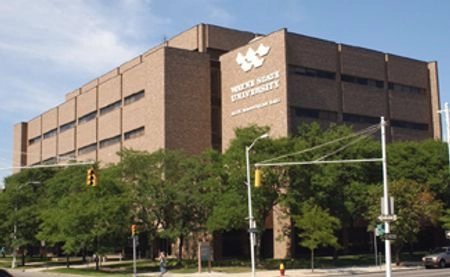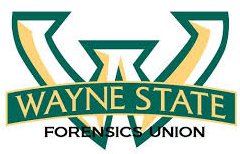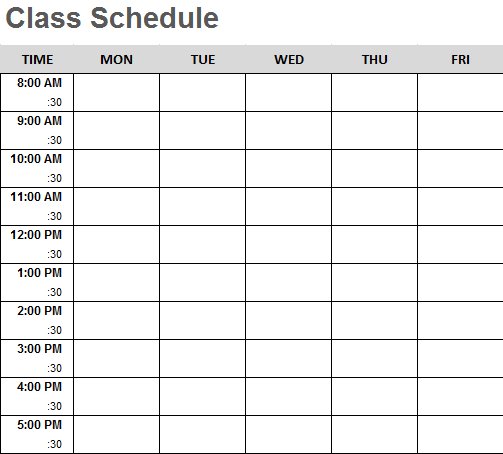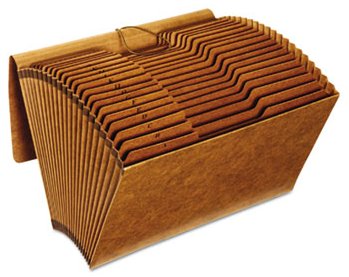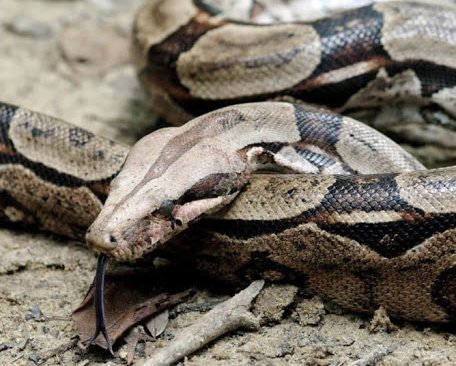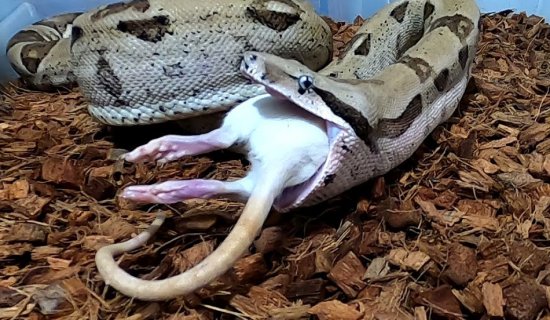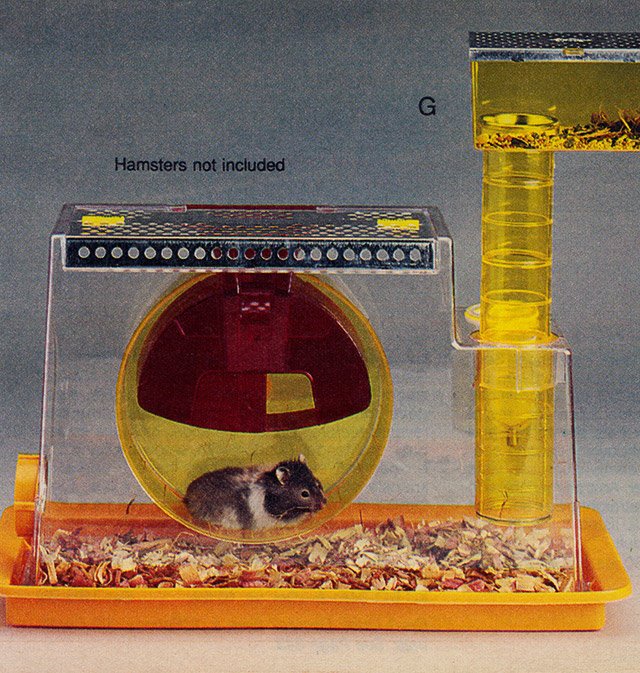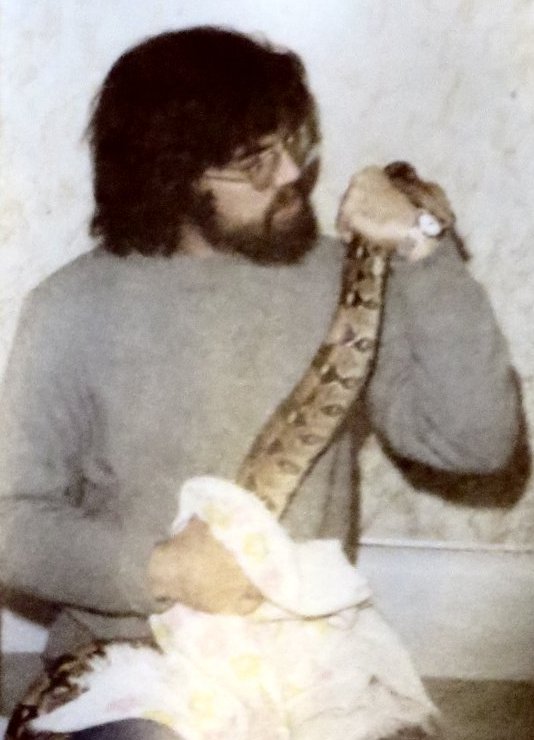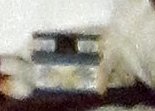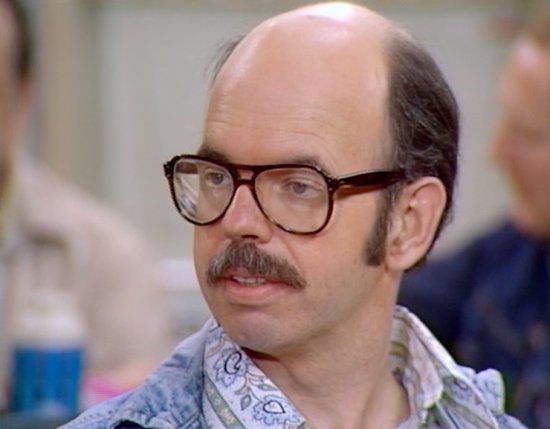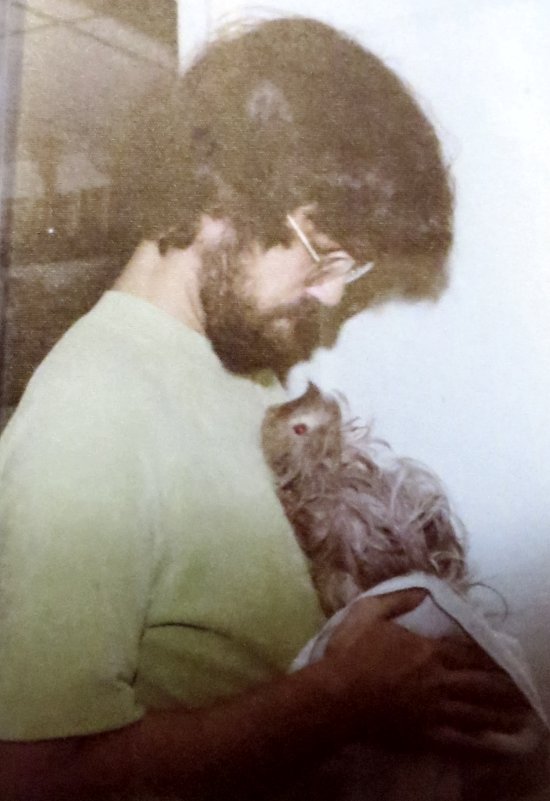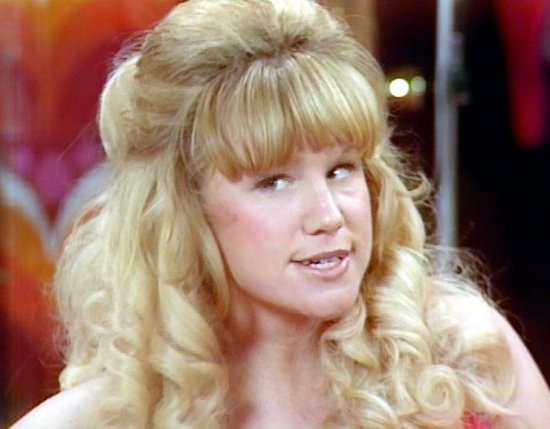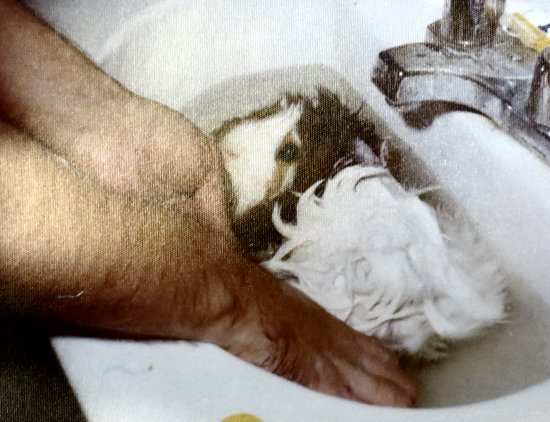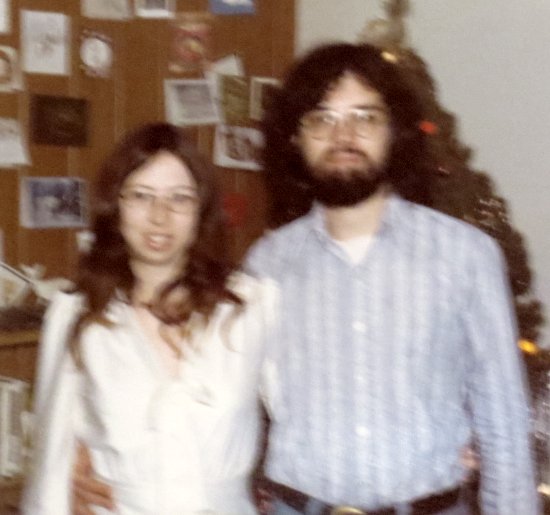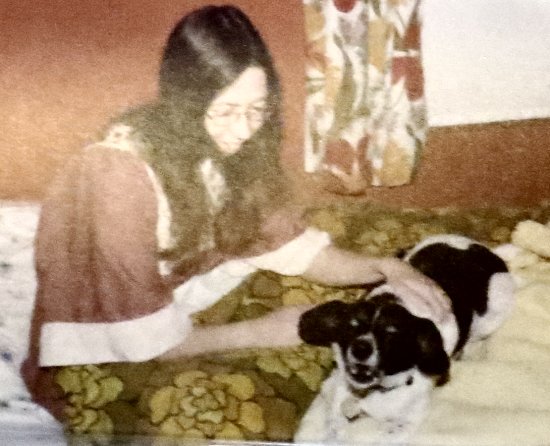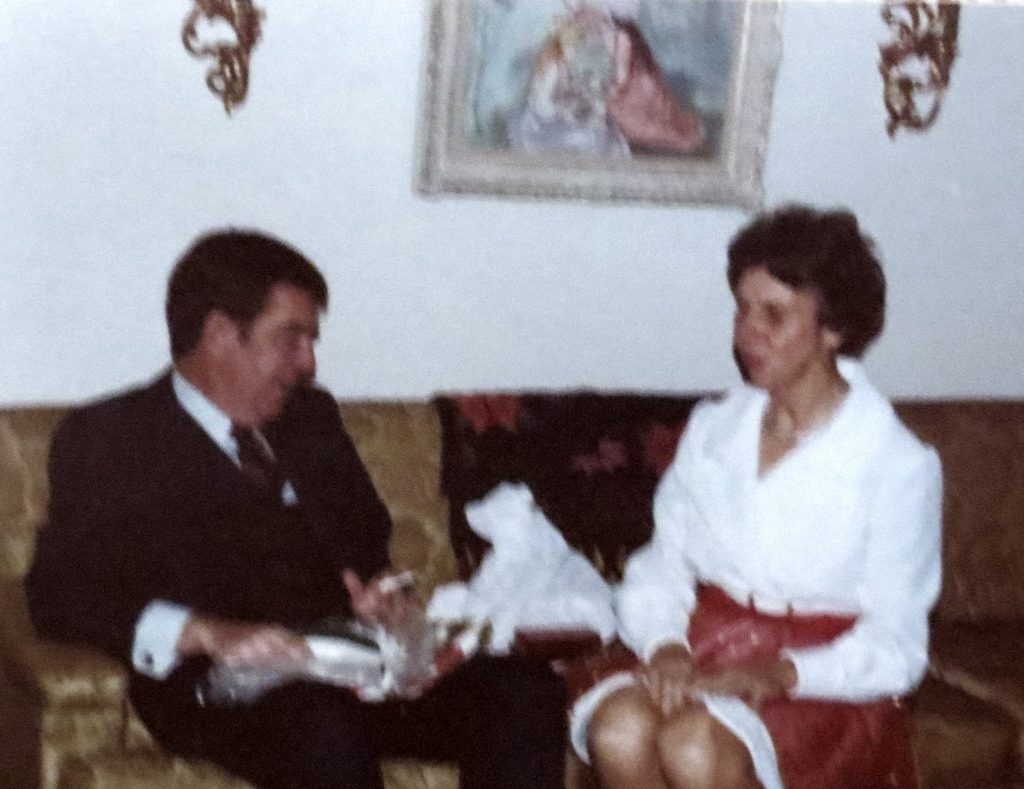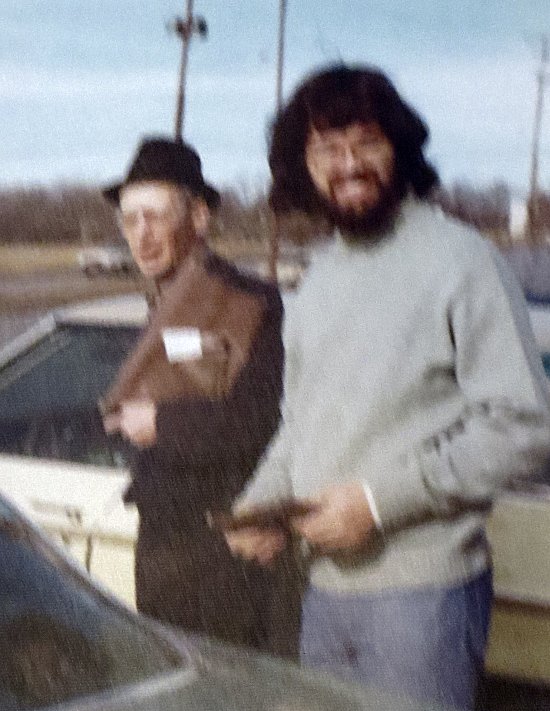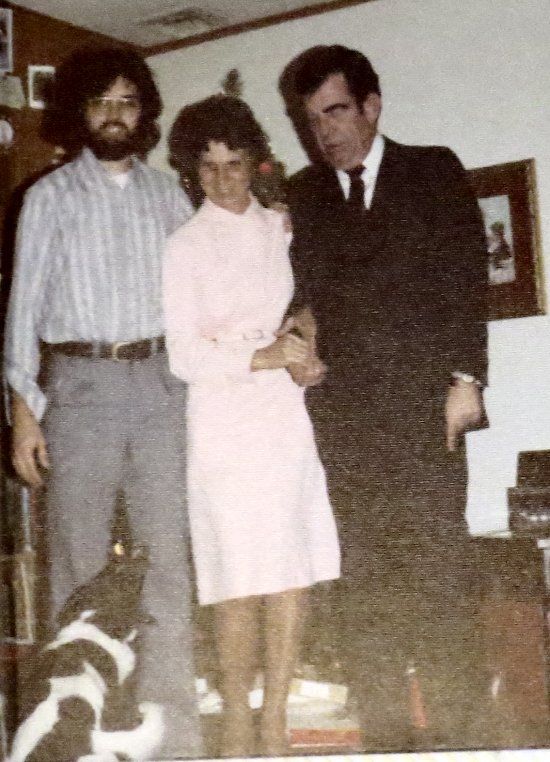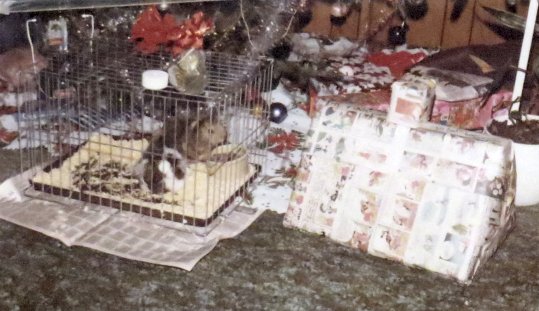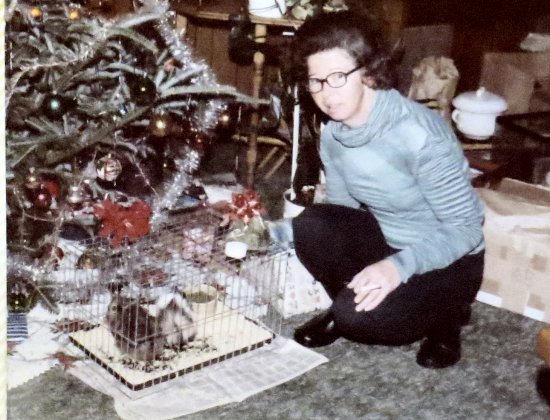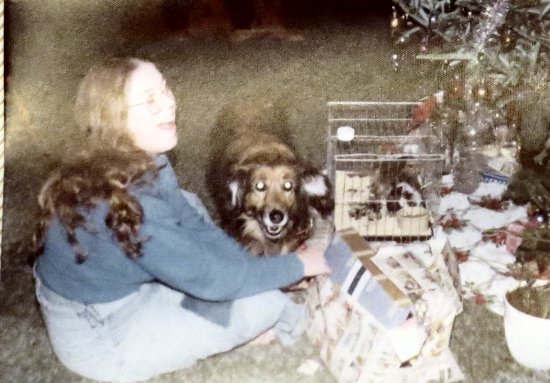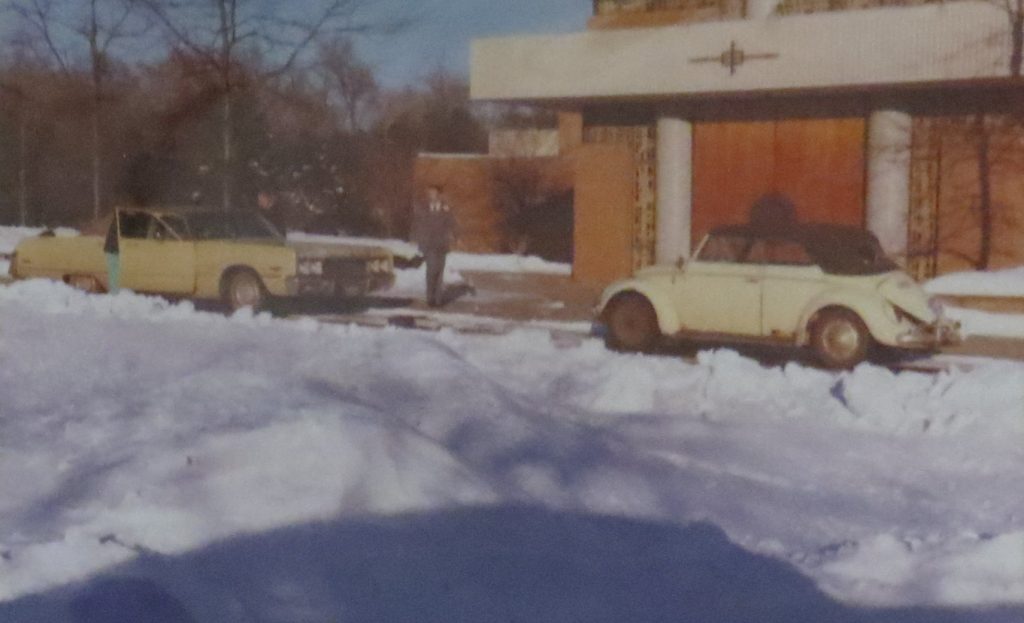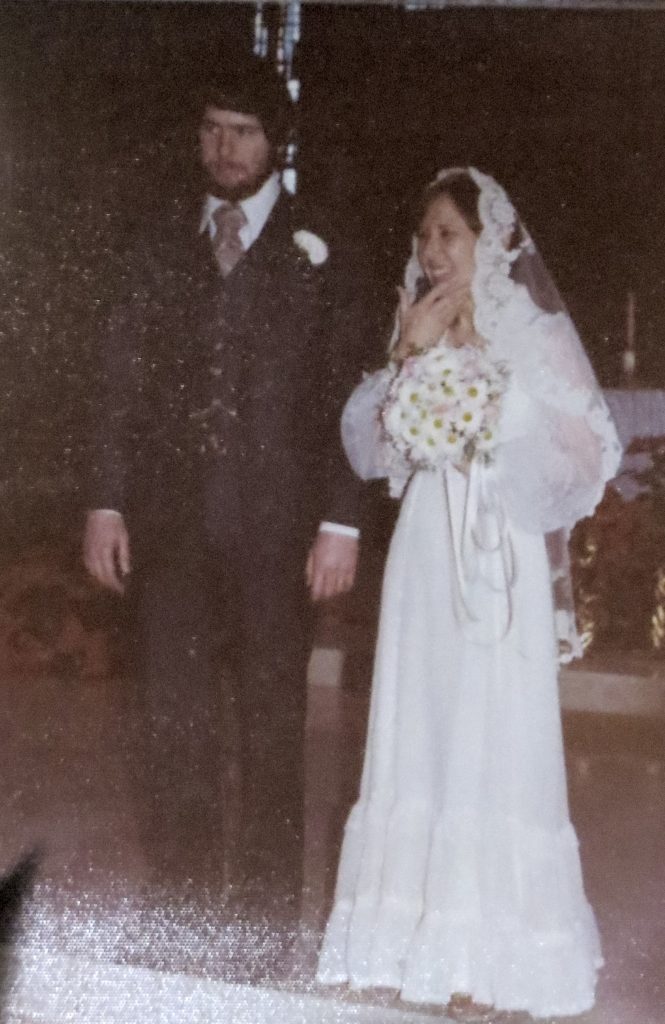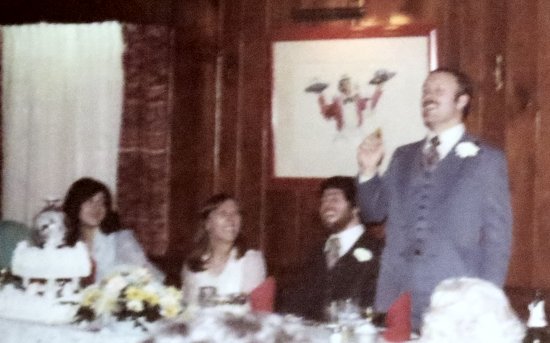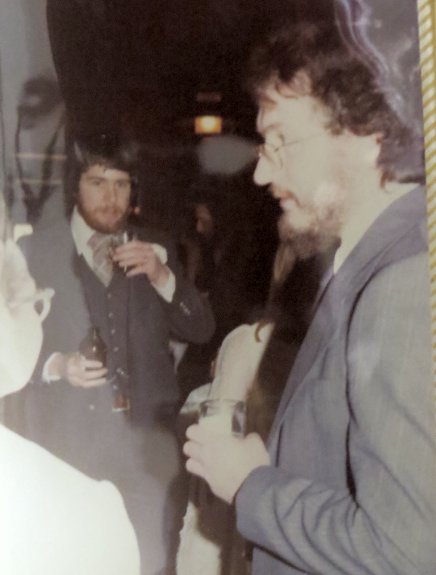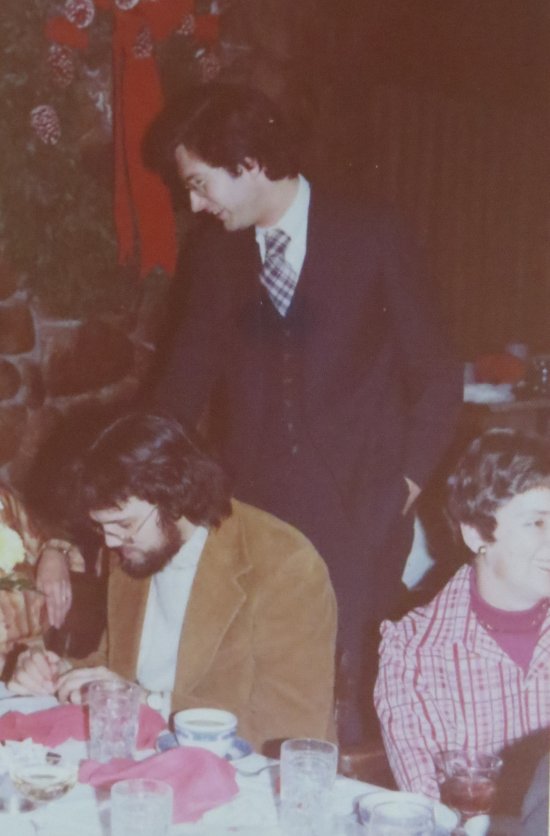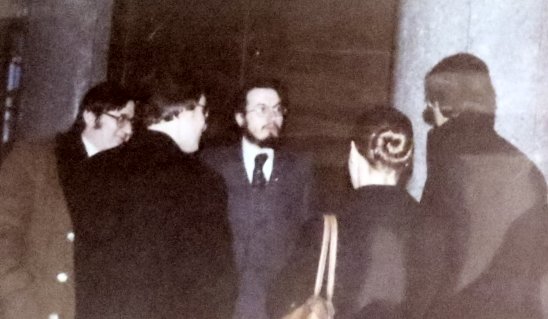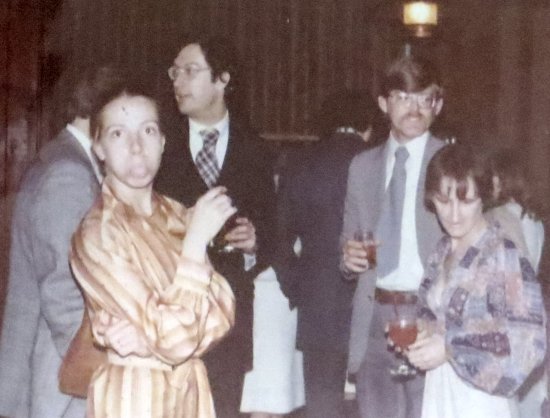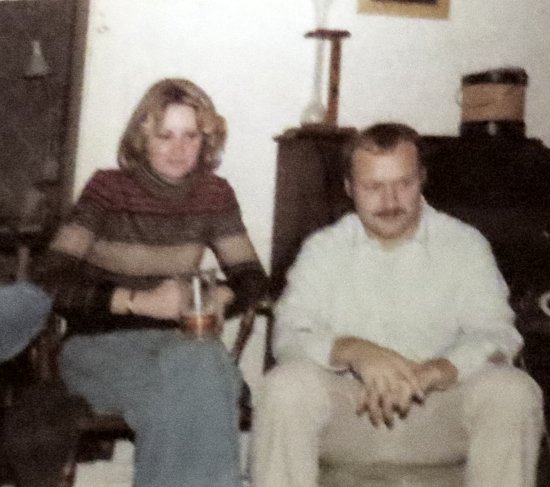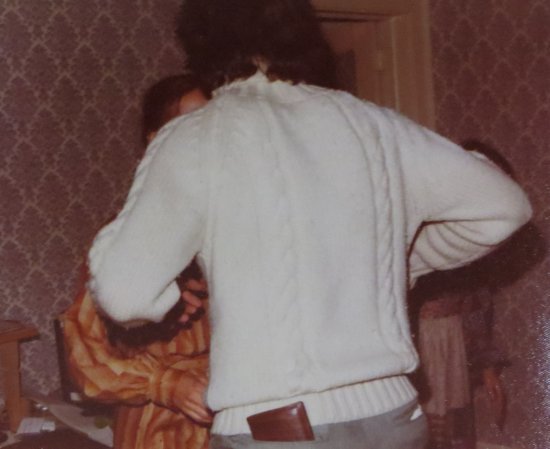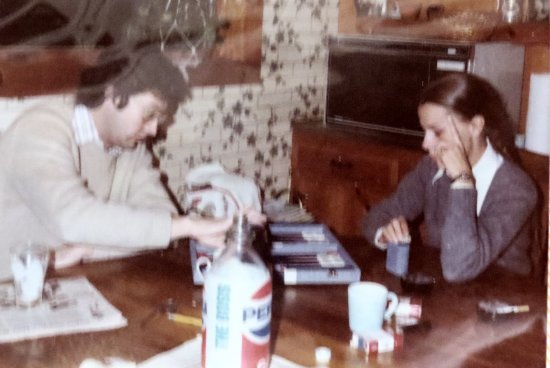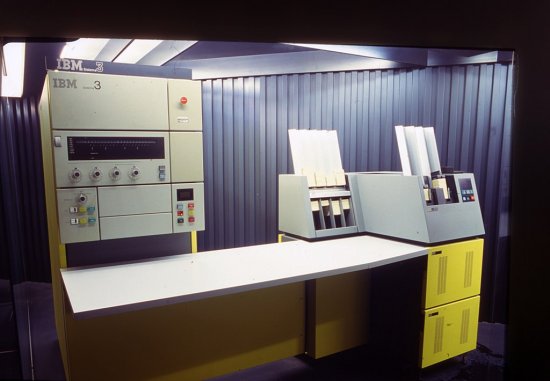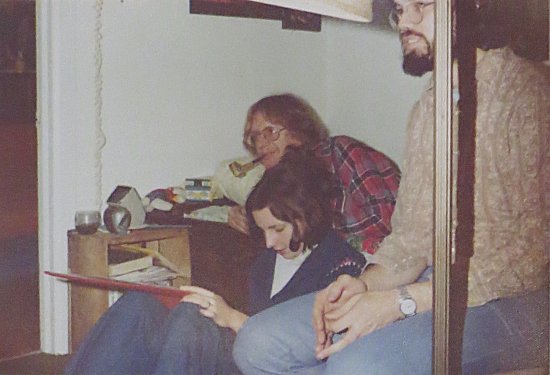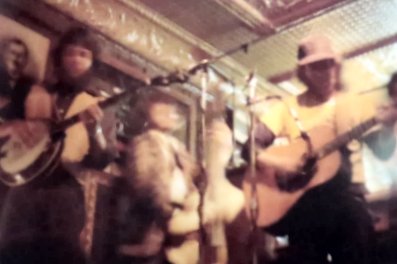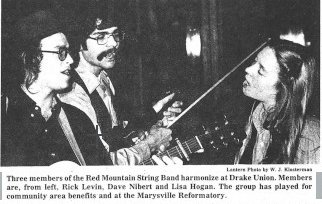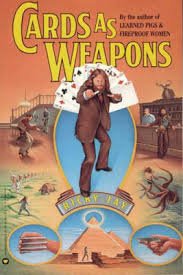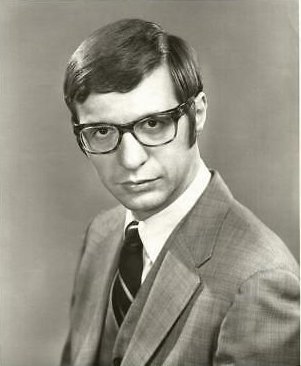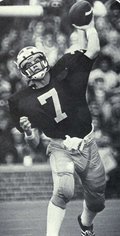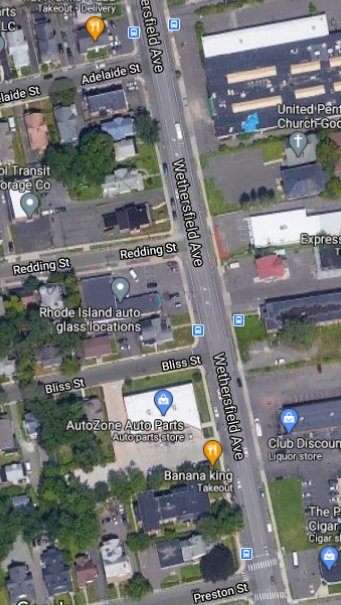Debaters (and others) of my coaching era. Continue reading
The members of the Wayne State Forensics Union differed from the debaters whom I coached at U-M in several important respects.
- Almost no one taking classes at Wayne State (except athletes) lived on campus. Nearly all the other students commuted.
- Some Wayne students relied on public transportation (buses), but in the Motor City many of them had their own cars.
- Some had jobs.
- More than a few stayed in the FU for more that four years. One, Gerry Cox, left and returned off and on for more than a decade. I am pretty sure that everyone whom I coached at U-M graduated in four years.
- Some FU members were not full-time students. I did not realize this at first.
- Some of the people in the FU probably could not have met the entrance requirements at U-M. This was especially true of the novices without debate experience.
- Almost all of the U-M debaters wanted to become lawyers, and, in fact, did. Most of the FU members had different ambitions.
- There were roughly as many females as males in the FU. In my four years as an undergraduate at U-M there were two females, and none in my three years of coaching.
Here are my recollections of the debaters at Wayne State whom I can remember. In the first section are people who were already part of the Wayne State debate team when I arrived in 1977. They are in alphabetical order. In the next section are the freshmen in my first year, then people who arrived later (including a few IE performers), and finally people whom I remember but all or part of their names escape me.
Ruth Colwander1 had been a novice in 1976-77. She had a job in 1977-78. This probably limited her participation a little, but she went to some tournaments. I remember working with her in practice rounds. I tried to get her to vary her emphasis in rebuttals in order to sell the most important argument. As described here, she was inducted into DSR-TKA in 1978 with my class. We performed the “Debbie Debater Doll” sketch together. I am sure that I embarrassed her when I went off-script, but I got the biggest laugh of the night. Even Ruth could not keep a straight face.
Ruth married Jack Kay in, I think, the summer of 1979, but she continued in the program.
I am embarrassed to report that I have no specific memories of Bob Conflitti2. I am quite sure that he often hung around in the lounge. I can almost picture him.
I have a great many memories of Gerry Cox3. I wonder what the limit is on the word count in WordPress blog posts.
The first time that I saw Gerry was on one of my first ventures into the forensics lounge in 1977. He was obviously a lot older than the other people in the lounge. He looked like what he was, a somewhat overweight biker. He had dark curly hair and a beard. He had massive biceps4 that he was obviously quite proud of.
Gerry was regaling a group of people with a tale about his days in Texas. I don’t remember all of the details, but he and a group of his friends were sitting around drinking beer and shooting at armadillos, which he said were like rats in Texas.
This sounded like BS to me. I kept my peace, as I normally do in new situations, but as soon as I could I looked up armadillos in an encyclopedia. It verified that they were common in Texas. I later told Gerry about this, and he was somewhat insulted. When I reminded him that at the time I had never seen him before, he smiled and conceded the point.
Shortly thereafter, George called me to his office and told me that Gerry had been with the program for a long time. He was a licensed machinist, which was a big deal in Detroit. George said that Gerry took classes only for a semester or two. Then he unceremoniously hopped on his motorcycle and rode off somewhere. Each time that he returned both the university and the FU welcomed him back.
Gerry was from Kentucky. I assume that he came to Detroit to work as a machinist at some point in the sixties or seventies. I don’t know how he got interested in debate. He did love to talk.
In 1977-78 Gerry debated with Paul Slavin. think that they were both “seniors”, a less rigid concept than I was accustomed to. They mostly went to lower level or junior varsity tournaments. I am pretty sure that I accompanied them on at least one such outing, but my memories of most tournaments during this period are somewhat vague.
Gerry and Paul had a peculiar relationship. Gerry’s favorite routine during a practice round was to cry out ‘Kryptonite!” whenever he thought that Paul had made a blunder in his rebuttal. The implication was that SuperGerry would have prevailed in the contest if “Slave Dog” had not uncovered the one glowing green crystal that minimizes his super powers.
Gerry played in our Dungeons and Dragons group a few times, but he was not as serious about it as most of the regulars were. However, he was part of the group who drove out to visit Sue and me in Rockville, CT, in the summer of 1981. It may have even been his idea.
I don’t remember the occasion, but Gerry and one of his friends invited me out for a drink one evening. To my surprise we went to one of Detroit’s many topless bars. The only thing that I remember about it is that one of the performers balanced on one high heel, kicked her other leg up sharply, grabbed it with one hand, and played her thigh like a guitar.
After the first time that someone broke into our house in Detroit (described here), Gerry wanted to move in with us for a while and sleep on our waterbed. He said that he would bring his 9mm Luger with him. I declined his offer.
Gerry confided that over the years he had totaled two or three vehicles in crashes after nights of partying. In each case he had been within ten minutes of home, and in each case he walked away with only minor injuries. Trying to talk him out of driving home was always futile. He always insisted that he was fine, and he was … until he fell at the wheel.
Several years after I had left Wayne State Gerry and (I think) the friend from the topless bar story again drove to Connecticut to visit. They only stayed for a day or so. I remember them talking about having to roll back the odometer on the car before they sold it. It had something to do with the engine. I also recall driving them around the Rockville area for a small tour. They thought it was pretty nice, but Gerry’s friend, having seen no factories or office buildings, wondered where everyone worked. I have also sometimes wondered the same thing.
Several more years elapsed before Gerry called me again. By that time he had founded his own company to produced accurately machined parts using computers. He had hired Dennis Corder to write some administrative software for him using a pseudo-database product on a PC. The project was finished, but Gerry and Dennis had parted ways under less than amicable circumstances. He now needed to revamp the program for some reason. Gerry asked me if I could do it.
I told him that I might be able to do it, but I wouldn’t be able to do anything else. At the time we had a lot of projects going, and I definitely preferred to work on things with which I was familiar. Also, remote support was still problematic in those days.
Gerry asked me for advice on what to do. I told him that he should go to a sporting goods store and purchase a pair of knee pads. Then he should locate Dennis Corder, and get down on his knees and beg him to fix it. Even iff he found another programmer willing to help, the new guy would almost certainly want to rewrite the whole thing. I certainly would.
A few years after that Gerry invited Sue and me to come visit him in Kentucky for a big celebration of something to do with his company. We agreed to come. A short while after that Kent Martini, who (to my great surprise) had been working with Gerry in some capacity, called to tell us that Gerry had died in a car crash. Kent said that we could still come if we wanted to, but there would not be a public celebration. We went. Our very bizarre experience is described here.
Andre Debuschere was the antithesis of Gerry Cox. He was very thin, especially in the neck. This allowed his necktie to drop well below the waist before Trump made this an acceptable style.
Although he shared a surname with perhaps the most celebrated man in Detroit, Dave Debuschere, the relative that he bragged about was Napoleon III. He also claimed to be able to read Egyptian hieroglyphs. As far as I know no one ever went to the trouble of finding some for him to test this claim.
One day I was in the kitchen area of the forensics lounge reading an article in a magazine. Andre walked behind me and started making comments about something in the magazine. I politely asked him not to read over my shoulder because that is something that really annoyed me. He did it again, and I exploded in rage, something that I tended to do about once in a decade.
Kent Martini remarked, “Well, Andre, he did warn you.”
Andre was a reasonably good debater, but no on wanted to be his partner. Tom Harding mostly got the assignment.
I read in Don Ritzenheim’s thesis that Steve Fusach was an officer of the FU. I remember the name but nothing else.
Tom Harding was the invisible man of the FU. He was a smart guy and a good debater, but he insisted on taking his studies seriously. Since his major was pre-med, that meant that he actually studied quite a bit. So, Tom’s appearances in the lounge were few and far between.
I remember well the time that he entered when a group of us was engaging in good-natured speculation about something vaguely related to chemistry or botany or anatomy or something else that Tom was knowledgeable about, and we weren’t. He laid out the facts of the matter and silenced the room.
“Get out of here,” I yelled at him. “We were having a perfectly good argument before you butted in.” That time I was kidding.
Scott Harris7 arrived at the FU with very little high school experience, and he had only attended a few tournaments the previous year. Nevertheless, all the coaches recognized that he had as much talent as anyone. Most of my dealings with him are described in the blog about tournaments.
Scott’s parents were extremely religious. They were strict fundamentalists. So, he was not able to participate in extracurricular activities as much as he would have liked. He never played D&D with us, but I bet that he would really have enjoyed it.
Scott was by far the best athlete in the FU. He could probably outdo everyone else at anything to do with sports. One of the most embarrassing moments of my life occurred the one time that I played golf with Scott and his dad. At one point we had to cross a small creek. Even though I was carrying my clubs I essayed to jump across it. I made it with an inch or two to spare. However, the weight of the clubs forced me to sit in the water. I had to play the rest of the round with wet trousers.
Scott was the only debater who learned how to throw cards. I mocked his technique, but he could throw them as far as I could, and I had made a study of it. He just picked up a deck and started flinging cards.
Scott’s most impressive ability was to flip a coin high into the air, catch it, slam it onto the back of his other hand, and call it heads or tails. He was always right because he tossed the coin in such a way that it did the same number of somersaults every time, and he checked whether it was heads or tails at the start.
It was obvious that Scott had all the tools. I would have been really disappointed if he had not turned out great. I got back in touch with him when by chance I heard him on this fantastic episode of Radiolab.
While I was at Wayne State, Nancy Legge mostly debated with Teresa Ortez. In March 1980 they won the National Junior Division Debate Tournament. I have no memory of this tournament at all. I was probably working with the four guys who had qualified for NDT that year. Nancy represented Wayne State in two NDTs after I left.
Nancy’s most memorable characteristic was her abhorrence of snakes. Whenever she visited our house we hastened to cover up Puca’s cage with towels. As long as no one ever mentioned him or any of his relations, she was fine.
Nancy often played D&D with us. Her primary character was a dwarf named Porpo. Most of thought that Nancy was in a rotten mood when she played, but actually it was Porpo who had a bad attitude.
While I knew her, Nancy had romantic entanglements with Gerry Cox and Dennis Corder.
Nancy was part of the group that drove to Connecticut to see Sue and me in the summer of 1981. She even stayed with us for a little while after the rest of the crew returned to Michigan. She did a little work for TSI that earned her the title “Executive Vice President of International Marketing”. If we paid her, she might have even been our first employee.
My most vivid memory of Teresa occurred just as the party for my thirtieth birthday was breaking up. She wanted to drive home, but Mike Craig and I did not think that she was in any condition to drive. We insisted that she sit on the couch in the living room and listen to us tell extremely boring stories. Our strategy worked. She fell asleep, awoke a few hours later, and drove home without any problem.
I also remember that I actually danced with Teresa that evening. I can easily count on one hand the number of times that I have been on a dance floor. So, this must have been special.
I saw Kent Martini9 once before I started coaching at Wayne state. He was debating in the final round of the state high school debate championship in 1976. His team from Royal Oak Kimball was on the affirmative. Kent was the first affirmative speaker. The opponents were twins from Belleville. I had been judging in the tournament, but I did not judge the finals. It was a pretty good debate, and Kent’s team one.
Kent later told me that it had been a pretty big upset. The two teams had debated several times. Kimball usually lost because Kent’s partner, Steve Yokich, had not been able to get through all the Belleville arguments in the 1AR. So, in the final round Steve and Kent switched positions because Kent could handle the “spread” better than Steve. It worked.
On one of the team’s trips to Camp Tamarack, which is described here, Kent went the extra mile for his team in the scavenger hunt. The item needed was a pair of blue jeans. On the other teams people scampered to their cabins to retrieve a pair. Kent calmly kicked off his shoes, doffed his blue jeans, and cast them on the pile. He then stood there in his tighty whiteys waiting for the next item.
I liked Kent a lot. If there was not a lot of work to be done, he could always come up with something to help while away the time on long car rides. Usually these involved voting on secret ballots about something. Then someone would count the ballots. For example, “Who on the team is the most …”
Kent lived with his mom, Dawn, until he graduated. She drove a gold Trans-Am with a huge black eagle on the hood. I addressed her as “Mrs. Martini” when I met her. She corrected me and told me just to call her Dawn. It did not occur to me at the time that I might be as close to her age as I was to Kent’s. Also, I had never heard Kent mention his dad; perhaps Dawn no longer used the name Martini.
Kent invited me and two other guys over to Dawn’s house to play a few rubbers of bridge. One of the guys was, I think, the best man at Kent’s wedding. I don’t remember anything else about the evening.
Kent got married to Linda Calo after he graduated in 1979. Evidently they had met briefly when Kent was passed out from excessive drinking. When he came to his senses he asked his future best man, “Who was that girl who helped me? She had great boobs.” Of course, this story was a big hit at the wedding reception.
Kent invited a bunch of people over to his apartment one evening. This must have been after he married Linda. He had a stack of Penthouse magazines. Each of us had to find a letter in the Penthouse Forum column and give a dramatic reading. My interpretation of a letter in which a cow or a sheep played a central role was judged the best. Everyone agreed that I had excellent posture.
I played golf with Kent at least twice. Once somewhere in the Detroit area with Jerry Bluhm. The other time was when Sue and I came to Kentucky.
My first year was the last at Wayne State for Debbie McCully10. She debated with several partners in 1977-78 before George named her and Scott Harris as Wayne State’s representatives at districts. They made it to nationals. These and other debate adventures are described here.
Debbie worked as a waitress at the Golden Mushroom restaurant on 10 Mile in Southfield. She arranged for the restaurant’s staff to prepare and serve a Chinese supper for the Christmas party in 1977.
I made one of the biggest mistakes of my life when, in Debbie’s presence, I mentioned that the registration on my car had expired and that I was not too worried about it. Shortly thereafter Debbie drove to school an unregistered car that belonged to her father. It was stolen from the parking garage, and a big mess ensued.
The lesson that I learned was that it was better to wait several decades before bragging about stupid decisions that I had made, even if I got away with them.
At some point in the year Debbie applied to Baylor’s speech department to be a graduate assistant. I wrote a letter of recommendation for her. I don’t know why she chose Baylor, a Baptist university in Waco, TX. She certainly did not ask my advice. George might have had an “in” there. At any rate she was accepted.11
There was a slight problem. Although Debbie had been an active part of the FU for quite a few years, she had far too few credits to graduate in the spring term. Vince Follert and I worked with her to come up with a plan whereby she could fulfill Wayne State’s graduation requirements by the end of the summer. This entailed taking a full course load and signing up for and passing quite a few placement tests. It was a difficult assignment, to be sure, but no other approach seemed remotely feasible.
It turned out that she was less serious about this than Vince and I were. She went to classes for the first half of the summer. Then she reconnected with an old boyfriend and lost interest. I am not sure if she finished the summer classes, and I am pretty sure that she never took any placement tests.
For my thirtieth birthday party (details here) Debbie changed into a Wonder Woman costume at the end of her shift at the restaurant at which she worked and made the twenty-minute drive to our house in Detroit. I was quite impressed.
Paul Slavin mostly debated with Gerry Cox. He was from Bad Axe, MI, which is located in “the Thumb” of Michigan. I think that he was the only person whom I ever met from the Thumb.
I worked quite a bit with Paul and Gerry during my first year at Wayne State. At some point Paul told me that he was going to have to quit the team for financial reasons. I advised him to see George, whom I suspected of having access to resources for just such a situation. Paul didn’t want to do it at first, but he eventually did and stayed on the team
I did not really know Chris Varjabedian12 very well. He had debated with Bill Hurley in 1978. They had qualified for the NDT. Bill then graduated. I saw Bill in the FU a few times.
Chris debated with Kent in the fall semester of 1978, but I never got to work with them or go to tournaments with them. Chris quit at some point that year, but he came back in 1979-1980 and debated with Scott Harris. They qualified for the NDT and lost in the octafinals.
George was very impressed with Chris. George told me that Chris understood “sign reasoning” better than any debater that he had coached. I cannot claim to understand the concept. Does “A is a sign of B” mean that B is a necessary condition for A. If so, why not say so? To me using the word “sign” seems mostly to be employed by people who can’t do the math or understand the statistics. Maybe that is what Chris figured out.
George adopted Scott and Chris for the entire 1979-1980 season and kept them under his wing. The rest of the coaching staff hardly got to see them. They did well, too, but the second team did almost as well. The debate season is described here.
We had two very talented novices that started their careers at Wayne state in the fall of of 1977, Mike Craig and Kevin Buchanan.
Mike Craig13 went to Royal Oak Kimball High School, the same school that Kent had attended. Even in his freshman year Mike hung around with Jo Anne Mendelson.14
Mike really enjoyed playing D&D. He once remarked that he could envision himself playing D&D at 30, but he could not envision himself as a debater at 30. He came up with some really good ideas for both dungeons and characters. He also wrote a short comedic play that he showed around to everyone. It was very well done.
As a freshman Mike debated with Kevin Buchanan. I don’t think that I ever got to go to a tournament with them when they were partners. They were very good. Maybe we went to Novice Nationals together. I went to many tournaments at Northwestern over my six years of coaching.
Mike Craig was famous for his appearance on one of the television debates in which he argued that Christmas should be banned. That TV show is described here, as are his adventures at debate tournaments.
Kevin Buchanan attended Belleville High School. He debated with Mike Craig when he was a freshman at Wayne State. I don’t think that he debated in 1978-79, but he returned to the team in 1979-1980. His favorite saying was “the essence of putrescence”.
It was important to take whatever Kevin said with a grain of salt. He liked to tell stories just to see how people reacted. He was in a Speech 100 class that I taught. He gave his first speech on “Pseudo sciences”. He began the section on martial arts by casually mentioning “When I was in the marines …” I snorted at that, but no one else reacted at all. No chance. Jarheads committed for four years in those days. He could not possibly have been that old.
People didn’t say “Thank you for your service” in those days. If they had, I would surely have said it when he finished his speech. Would he have blushed?
Kevin claimed that he never paid for a pair of shoes. He wore them for a week or two. Then he took them back. Maybe.
There was a lot of gossip that Kevin was having an affair with Sheri Brimm. Kevin did nothing to stop the rumors. Maybe.
I think that most of the following people arrived at Wayne State in 1978 or later. I also included a few participants in IE. I did not work with them enough to have a clear idea of when they arrived.
I think that Al Acitelli15 was a freshman in 1979. He mostly debated with Mark Buczko, at least while I was at Wayne State.
Al was one of those who visited us in Rockville in the summer of 1981. He insisted on making spaghetti for us. We all thought that he meant that he would make a special sauce, but in fact he made the noodles by hand. It was good, but it seemed like a lot of effort to make something on which to pour sauce from a bottle.
I remember Sara Allen16 from one of those debate trips on which we arrived back in Detroit very late and very tired. I remember that she was the last one that I delivered to her house somewhere well north of 8 Mile. That still left me with a pretty long drive left back to the Wayne State Motor Pool and then my house.
My only clear recollection of her is that she was short and cute. Apparently she still is more than forty years later.
Mark Buczko17 debated with Al Acitelli. I think that George assigned me to work with them, but I don’t remember taking them to any tournaments.
Mark also liked to play D&D with us. He developen a character named Cnir Edrum who was an assassin by trade. He was surprised that I quickly recognized this as Murder Inc spelled backwards.
The problem with characters of the assassin class was that no one wanted them in the party. He tried to disguise himself, but his skills were seldom in demand by the characters who were looking for dungeons to explore. I concocted a few solo adventures for him in which someone gave him a contract for a hit.
Mark was in the group that drove out to Connecticut in 1981. He told me at some point that he was into rock climbing. He Corrected my misapprehension that rock climbers sometimes use shrubbery for hand or foot holds.
Dennis Corder18 was also a freshman in 1979-1980. He went to Belleville High and was a much bigger star than anyone else in his class at Wayne State. I think that he made it to the final round of the state tournament. George must have assigned a partner to him, but I don’t remember who it was. It might have been Nancy Legge. They were an item for a while.
Gerry Cox hired Dennis to design and implement administrative software for his machining business. Their relationship later soured. I don’t know the details.
Dave Debold19 went to high school at Royal Oak Kimball (like Mike Craig and Kent Martini). I think that he was a freshman in 1978-79. For most of the first year he debated with Kim Garvin. They also went out together for quite a while.
Dave and Scott Harris received a first round bid to the NDT in 1981. They made it to the quarterfinals.
Kim also qualified for the NDT in 1981 and 1982. Nancy Legge was her partner. I did not know her very well.
I think that Dorothy Giman20 was a freshman in 1979-1980. I remember only her bright red hair and huge gazoingies. In a game of volleyball Dorothy was encouraged by Kevin Buchanan to “put your body into it.”
Roseann Mandziuk21 was one of the most successful performers in IE. She might have also debated a little. I went to at least one tournament with her.
I remember that she wrote and presented a prize-winning speech on human evolution.
Robin Meyers also was very successful in IE. In the spring of 1978 she got a little upset at me for not inviting her to Debbie’s Defilement Party, which is described here. Actually, I did not invite anyone. I just posted a notice on the bulletin board.
Robin might have debated a little at Wayne State. She was elected 2nd VP of DSRTKA in 1978, a fact that escaped my notice at the time.
My primary association with Steve Rapaski was through pinochle. In 1980 there was usually a pinochle game in progress in the lounge. I don’t remember who started this activity, maybe Gerry Cox.
Steve was a horrible card player, so much so that I once coerced him into signing an affidavit in which he swore never to play pinochle again. Nevertheless he came to George’s pinochle party. The results are described here.
Steve drove to school in an AMC Pacer, that car with enormous windows. If the sun was out, the back seat was uninhabitable, even in the winter.
Like a lost puppy Steve Rapaski followed around a girl named Laura who lived in Gross Pointe, the fabulously wealthy community just east of Detroit. I don’t remember her last name. She was the only person from any of the Pointes that I ever met.
The smart money was also on Laura as the source of Vince Follert’s mysterious hickey.
I went to at least one tournament with John Ross. I think that it may have been at Wooster.. His partner was a young lady whose name I don’t remember. While we were strolling together between rounds, I mentioned to John that she had said that in the last round he had done the work of three men.
He fell for it. “Really? She said that?”
“Yeah,” I replied. “Larry, Moe, and Curly.”
John later ran in marathons. His time in the New York City Marathon was good enough to earn him a spot in the Boston Marathon.
I remember three other people fairly clearly, but I cannot recall their names.
I remember that I invited one of the debaters to sit next to me when I judged an elimination round at a novice or junior varsity tournament. After I had turned in my ballot, but before the result was announced, I asked him what he thought of the debate. He insisted that the affirmative team had won. I predicted a 3-0 decision for the negative, and I was right. The affirmative had completely botched one critical argument, but this guy missed it.
He also played the Michigan Lotto, a horrendous investment that only pays out half of what it takes in. He told me that he could beat “boxing’ three numbers. So, he would pick two numbers, say 5, 6, and 8. He would then buy tickets for 56, 58, 65, 68, 85 and 86. He always bought six tickets in this set pattern. I tried to explain that his six numbers had the same odds as buying any other six other numbers, but he couldn’t understand that either.
I remember taking a fairly large group of people to a tournament somewhere. We stayed in a motel for one night. I offered to buy KFC for everyone. One woman was a vegetarian. So, I brought her with me on the trip to KFC. On the way we stopped at a supermarket. She picked out what she needed for supper, and I paid for it from the budget.
When we returned we all ate together in one of the rooms. Then we all goofed on Wonder Woman on TV.
My last memory is my worst one. A tall bombastic guy who did IE was in a Speech 100 class that I taught. He missed a speech and never made it up. That automatically dropped his final grade one and a half letters. He also obviously did not study much for the final. I gave him the D that he deserved.
He also borrowed a book from me and never returned it.
1. In 2021 Ruth is still active in debate and forensics in Michigan. Her LinkedIn page is here.
2. Bob received his JD from Georgetown. I am pretty sure that in 2021 he is an Attorney in Middletown, NY. His LinkedIn page lists his role as “Counsel to the District Attorney at Orange County District Attorney’s Office”.
3. Gerry died in an automobile accident in the late eighties or maybe early nineties. At the time he owned a company that produced machined parts for auto dealers. It was located in his family’s home town in Kentucky.
4. Gerry told me on the telephone in the eighties that he started running to lose weight. He was aghast when the first pounds to go were in his arms. For some reason he ran on his toes, a poor technique that produced painful shin splints. I gave him Dr. Kronkheit’s famous advice: “Don’t do that.”
5. In 2021 Andre is apparently an attorney in Sterling Heights, MI..
6. In 2021 Tom is evidently a psychiatrist in Traverse City, MI.
7. In 2021 Scott is still a revered coach of the University of Kansas debate team. They won NDT (again) in 2018. In 2020 he was ranked as the fourth-best coach and second-best judge in the entire county. A summary of his academic accomplishments can be found here.
8. Nancy Legge is a professor of Communications at Idaho State University. Go Bengals! You can read about her career at ISU here.
9. Kent at some point around 1990 started a business providing training and other types of consulting for businesses. His FaceBook page is here. He told me that he always got on airplanes with the disabled people. His line was, “I need just a little more time to board.”
10. Debbie (McCully) Stavis is the CEO of a company that offers financial guidance to families in the Houston area. The website is here.
11. I can understand why the Baylor debate team would have wanted her as a coach, but I cannot comprehend how the school would have accepted her as a graduate student. Surely someone must have glanced at her transcript.
12. In 2021 Chris is an attorney. His LinkedIn page is here.
13. Mike Craig is a professional writer in 2021. His primary topic seems to be poker. He lives in Arizona. His Twitter handle is @MikeCraigIsAmok. His Facebook page is here. I can’t believe that I know two professional writers. One writes about beer and golf; the other writes about poker.
14. How exciting is this? Mike and Jo Anne are still married. She is Director of Faculty and Instruction at the New School for the Arts & Academics in Arizona. Her Facebook page can be seen here.
15. Al Acitelli lives in Sarasota, FL, in 2021. You can read about him here. Search for his name and then click on his picture.
16. Sara’s website is here.
17. I am pretty sure that in 2021 Mark resides in California, perhaps in San Pedro, in 2021. He called me on the telephone once when Sue and I still lived in Rockville. I don’t remember why.
18. Dennis eventually became a lawyer in Florida. He took his own life in 2003. All that I know about the story is what is written here.
19. Dave went to law school at Harvard. He is a lawyer in Oakton, VA, in 2021. His LinkedIn page is here.
20. In 2021 Dorothy is apparently know as Dorothy Small. She is a realtor. Her LinkedIn page is here.
21. Rosanne earned a PhD in speech at Iowa. In 2021 she is a professor at Texas State University. Her LinkedIn page is here.

